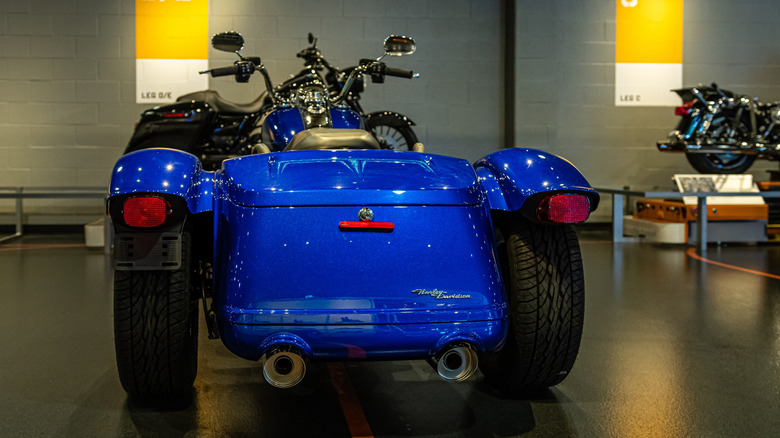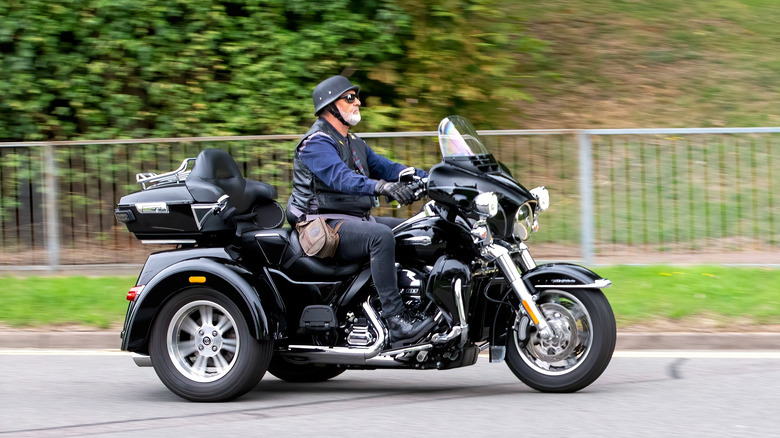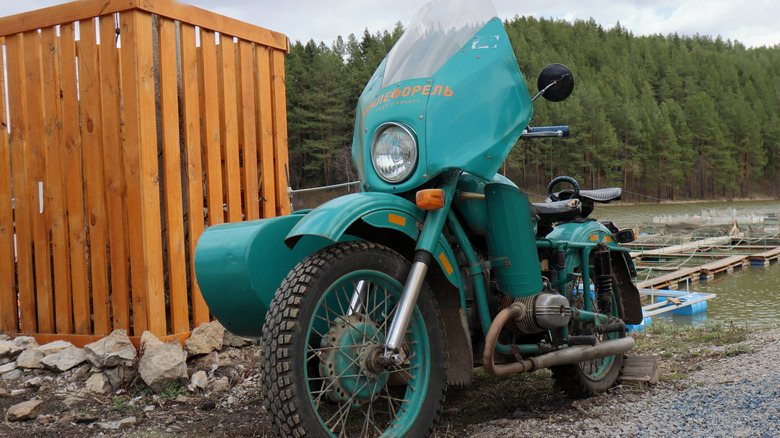When Did Harley-Davidson Stop Selling Factory Sidecars? (And What Replaced Them?)
Harley-Davidson first offered sidecars in 1914, and for decades, they were a practical extension of the motorcycle. They carried families before cars were common, helped AAA patrol city streets, and even served in both World Wars with machine guns and stretchers. But by the late 20th century, the appeal of three-wheel transport had dwindled. Automobiles became more accessible, trikes gained traction, and the sidecar faded into a niche. The decline was steep enough that in 2010, Harley announced it would stop accepting new sidecar orders. Production officially ended with the completion of 2011 model year builds.
Harley-Davidson cited waning demand, especially after the Tri Glide Ultra and Street Glide trikes arrived. Those models gave riders three-wheel stability in a factory-backed package without the quirks of a sidecar rig. Sidecar units had always been built in limited numbers at Harley's Tomahawk, Wisconsin, plant, but after 2011, no new factory options were offered to the public. Warranty service, technical support, and replacement parts remained available, and even today, dealerships can help owners maintain vintage rigs.
Why Harley-Davidson replaced sidecars with the Tri Glide
When sidecar sales fell, Harley didn't just drop the idea of three wheels altogether. Instead, it pivoted toward trikes. When the Tri Glide Ultra debuted, it quickly became a sales success. Unlike a sidecar rig, which makes a motorcycle asymmetrical and difficult to handle at speed, a trike provides a stable, balanced platform. It appealed to riders who wanted long-distance comfort and more stability than two wheels could offer. For Harley, the move made business sense.
Sidecars had always been an aftermarket-friendly option, but they weren't the easiest to live with. They required skill to ride and made parking and maneuvering more difficult than a standard bike. Trikes solved those problems, while still offering extra space for a passenger or cargo. The Tri Glide, built at Harley's York, Pennsylvania plant, came with full touring amenities and was marketed as a complete package, not just an add-on. The company later added variations like the Street Glide Trike to broaden appeal.
What to buy if you still want a Harley sidecar experience
Even though Harley's various production facilities stopped making sidecars in 2011, the rigs never disappeared entirely. Used models are still out there, and have become collectibles for enthusiasts who appreciate their history, and restoration projects remain popular.
For riders who want a modern equivalent, the Tri Glide Ultra is Harley's official successor. The 2025 version starts at $37,999 and comes loaded with touring equipment. It doesn't look like a sidecar rig, but it fills the same role of providing stability and passenger comfort. If the traditional look matters more, other manufacturers still make sidecars today. Kazakhstan-based company Ural offers multiple sidecar-equipped motorcycles built from the ground up for three-wheel use, complete with accessories like racks, mud guards, and jerry cans. Royal Enfield also sells sidecar kits with a retro aesthetic.
Meanwhile, Harley sidecars remain visible in one unique role: the U.S. Secret Service still uses them in presidential motorcades. Beyond that, spotting one on the road is rare, but they occasionally show up at rallies and vintage shows. For those chasing the nostalgia of Harley's factory-built chairs, the used market and specialist restorers are the only path forward. While the company has no plans to revive them, sidecars remain an enduring symbol of Harley's long and varied history.


